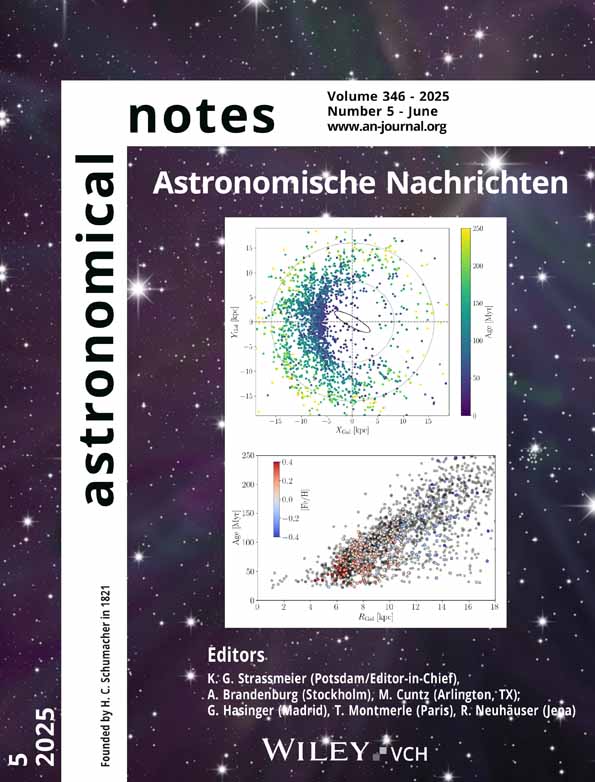Fate of baby radio galaxies: Dead or alive?
Abstract
In order to reveal the long-term evolution of relativistic jets in active galactic nuclei (AGNs), we examine the dynamical evolution of variously-sized radio galaxies [i.e., compact symmetric objects (CSOs), medium-size symmetric objects (MSOs), Fanaroff-Riley type II radio galaxies (FRIIs)]. By comparing the observed relation between the hot spot size and the linear size of radio source with a coevolution model of hot spot and cocoon, we find that the advance speed of hot spots and lobes inevitably show the deceleration phase (CSO-MSO phase) and the acceleration phase (MSO-FRII phase). The deceleration is caused by the growth of the cross-sectional area of the cocoon head. Moreover, by comparing the hot spot speed with the sound speed of the ambient medium, we predict that only CSOs whose initial advance speed is higher than 0.3–0.5 c can evolve into FRIIs (© 2009 WILEY-VCH Verlag GmbH & Co. KGaA, Weinheim)




